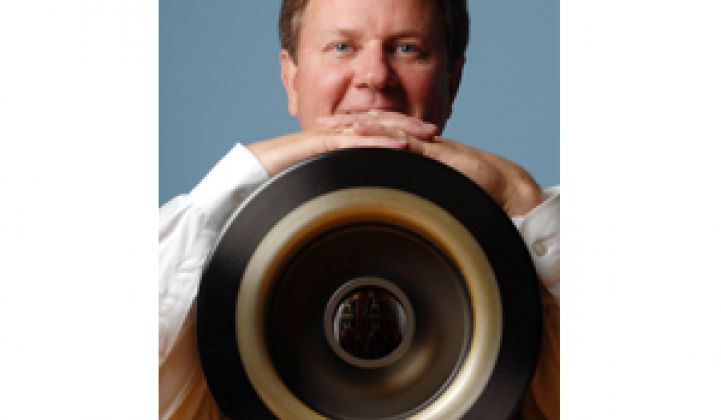Energy-storage startup Pentadyne Power said Tuesday it bagged $14 million in a fifth round of funding to help spin the company toward its next growth stage.
The company makes flywheels, spinning discs that store energy and deliver about 10 seconds worth of power during blackouts to bridge the critical gap before backup generators kick in.
Loudwater Investment Partners, which backs later-stage companies, was the sole investor in the round. It was the first time Loudwater dropped dinero into Pentadyne's coffers.
The money will go toward "our top-secret product-development plan," said Pentadyne CEO Mark McGough with a bit of a chuckle.
Actually, Pentadyne said the funding will go toward growing its sales channels and developing products for new markets, such as the light-rail transportation industry, among other things. The company already serves the medical, broadcasting and data-center industries, to name a few.
Pentadyne is working to carve out its space in the backup-power industry with its flywheel technology.
While they draw power from the regular electrical grid, flywheels are considered a clean form of energy storage when compared with the market's dominating backup technology, batteries.
Pentadyne's flywheel consists of a carbon-fiber material that the company claims is stronger than steel. The stronger material allows the company's flywheel to spin faster, so it can be smaller than its competitors' flywheels while delivering the same amount of energy, according to Pentadyne.
The company has two flywheel systems that can store 120 kilowatts and 190 kilowatts of power for about 10 seconds each. The systems each fit into a 6-foot-tall cabinet the size of a small refrigerator.
The new round brings Pentadyne to a total of about $60 million from Nth Power, Rustic Canyon Partners, DTE Energy Ventures, Accera Venture Partners, Sempra Energy and other private investors.
Flywheel Market
The global backup-power market, which has seen double-digit growth, reached an estimated $6.56 billion in revenue in 2006, according to the research firm Frost & Sullivan. But flywheel technology has only managed to grab less than 10 percent of the worldwide backup-power market, said Anu Cherian, a Frost & Sullivan research analyst.
On face value it might seem that the backup-energy market, which is still 90 percent dependent on the more caustic battery, would be all over the cleaner flywheel.
As Pentadyne points out, flywheels combined with a generator can provide protection against 99 percent of all power disturbances. According to the Electric Power Research Institute, about 1 percent of all outages are longer than 10 seconds.
Still, flywheels have a limited market so far. "When you use flywheels, you have to support your system with a generator or another source that will provide continuous power for as long as the power from the utility remains down," Cherian said.
Because flywheels can't handle longer-duration outages on their own, flywheel adoption in the backup-power industry has been slow, she said.
Cherian expects to see more advances in composite technologies helping to drive the flywheel market forward. "But it's going to take a while before it captures the $6.5 billion market we are already looking at," she said.



